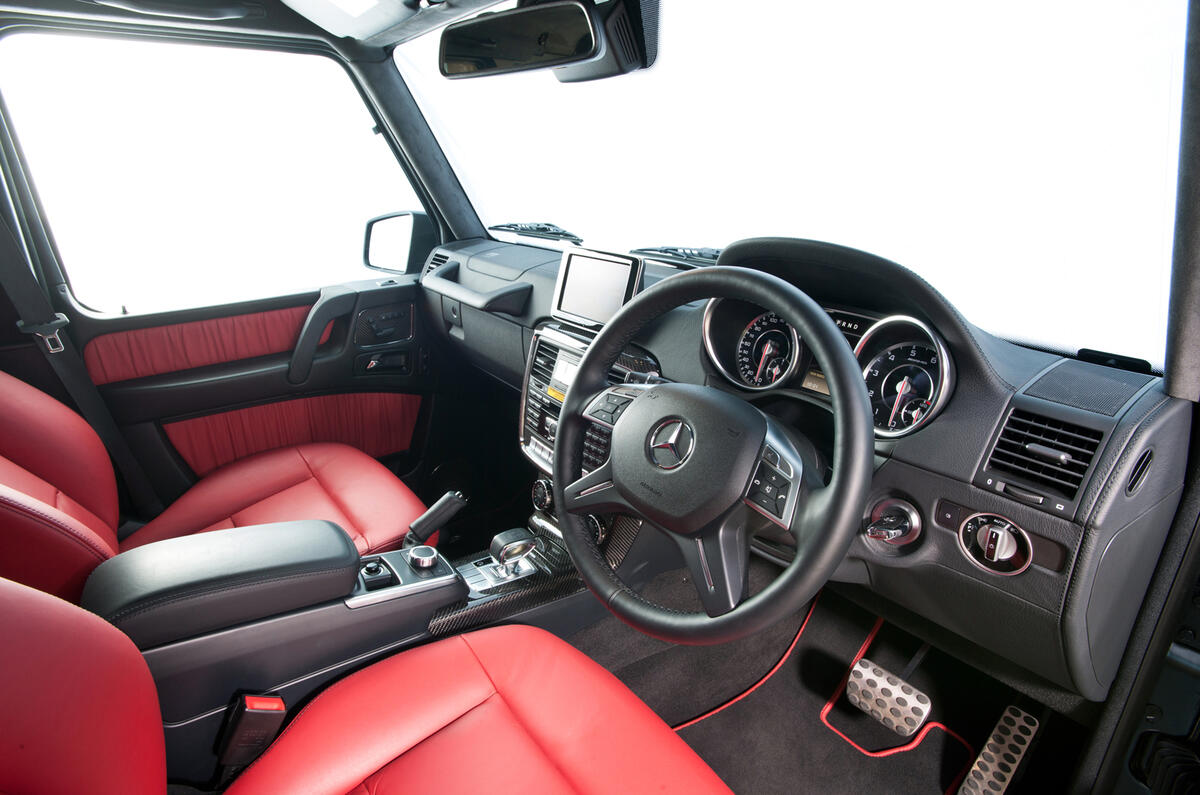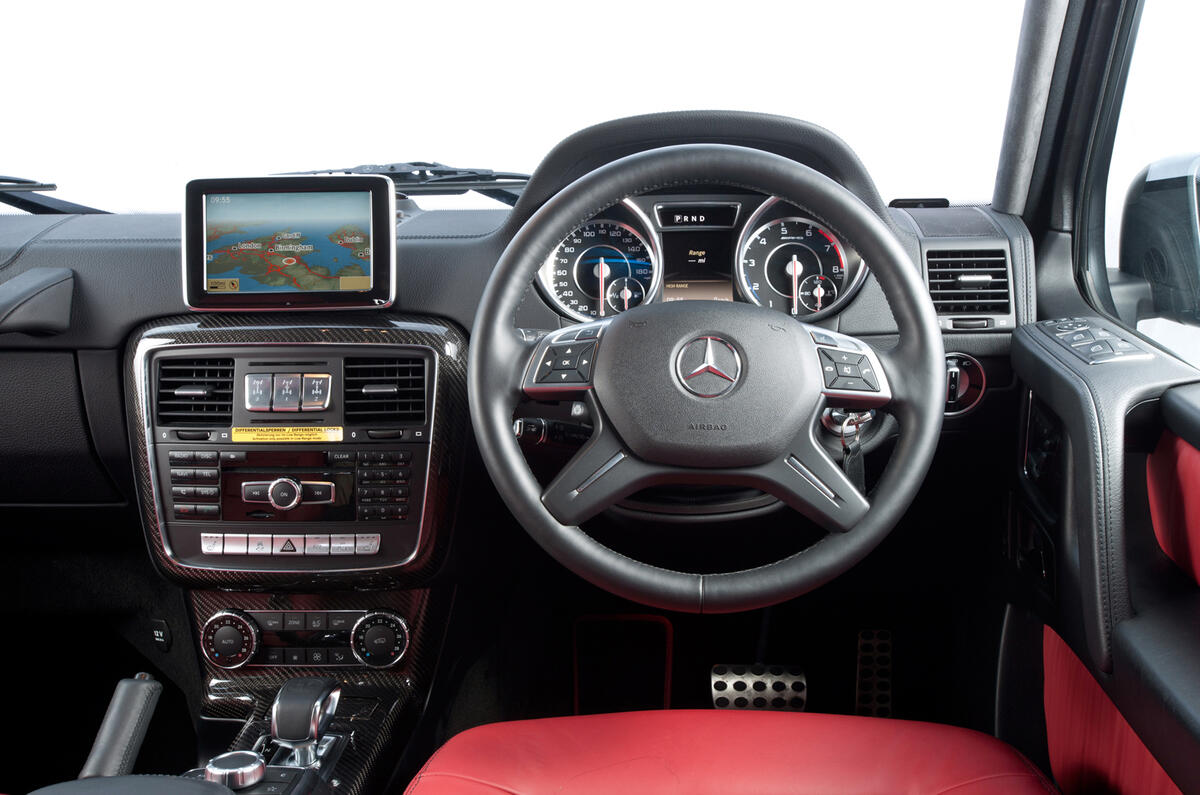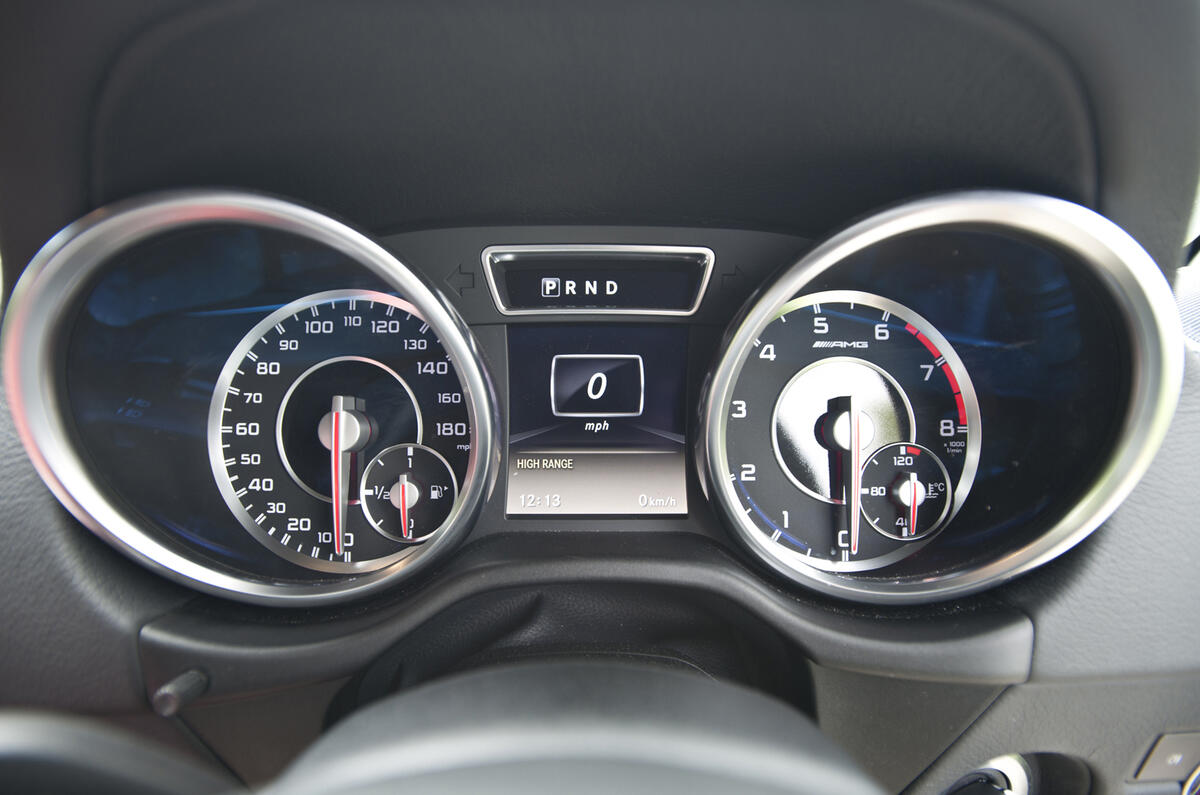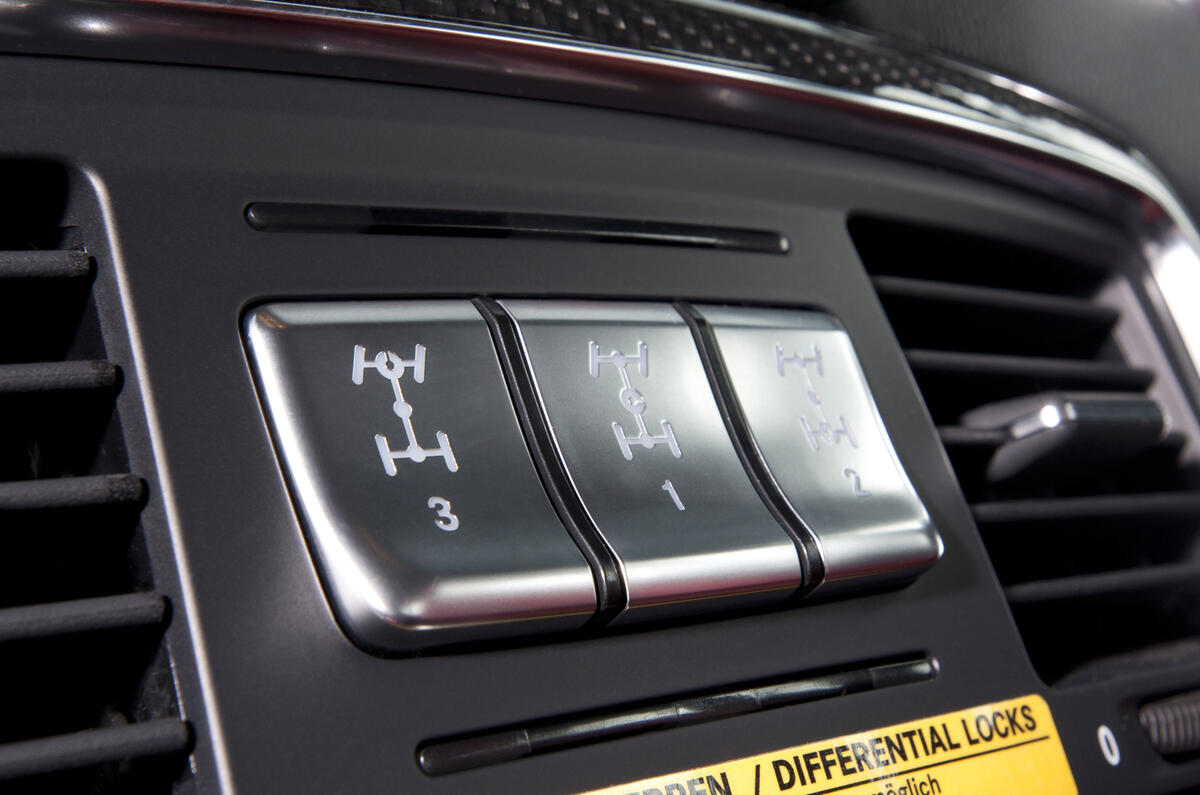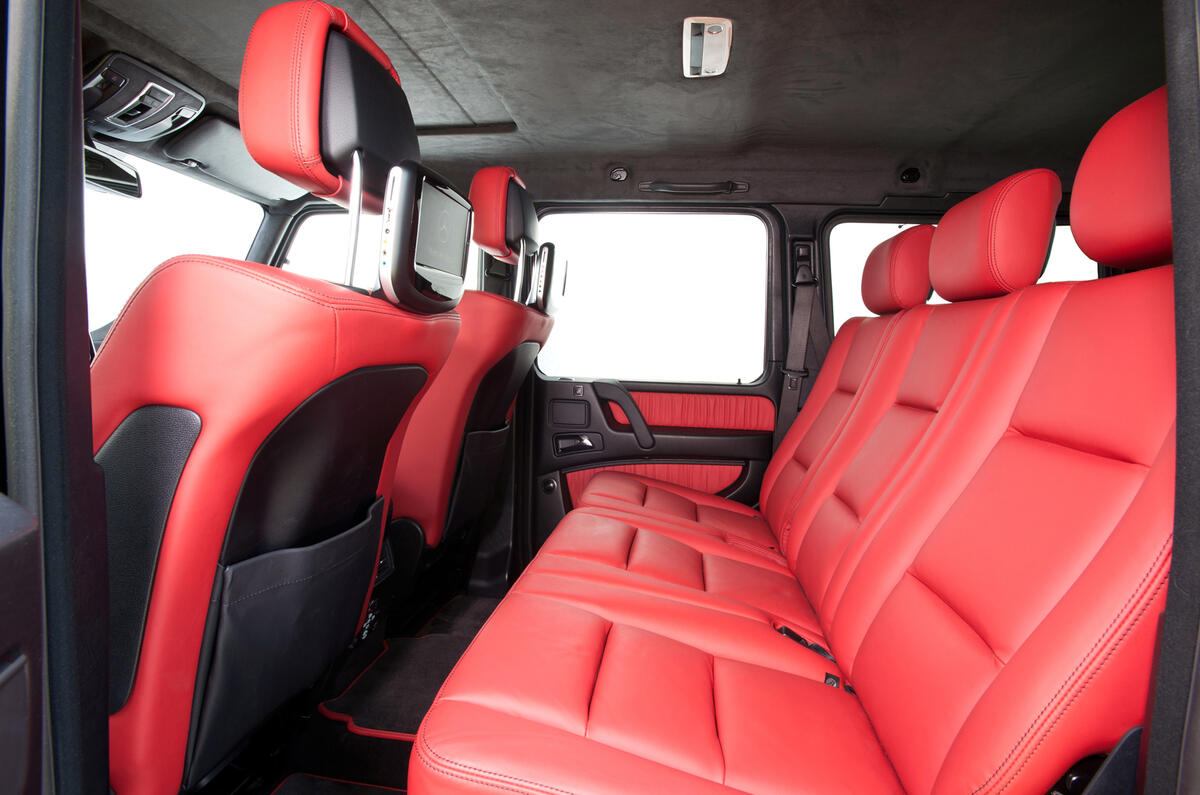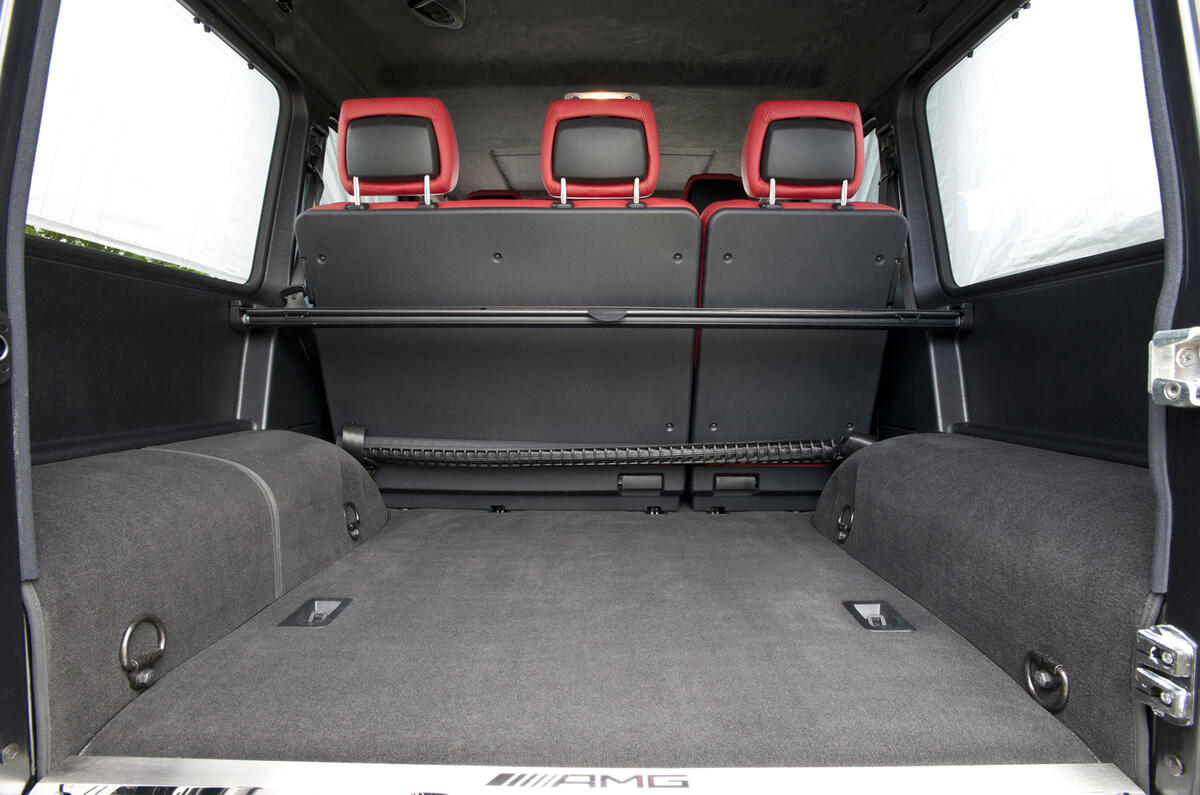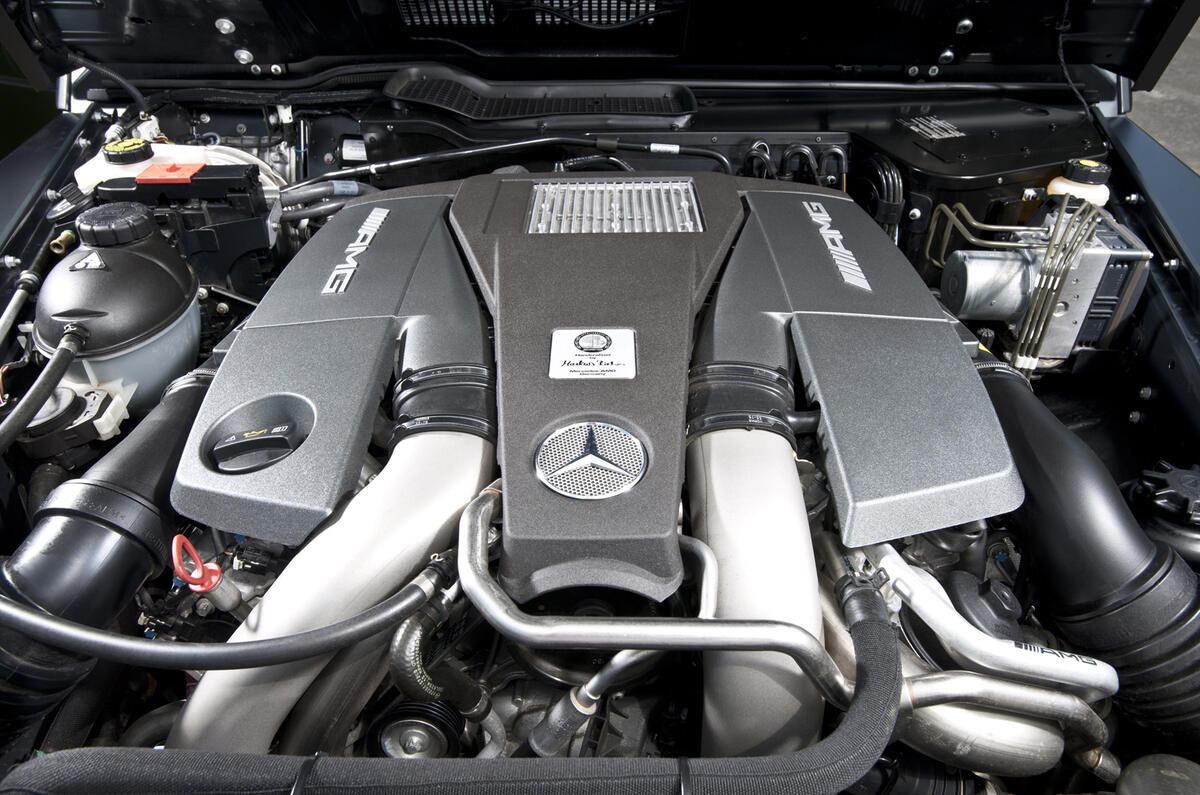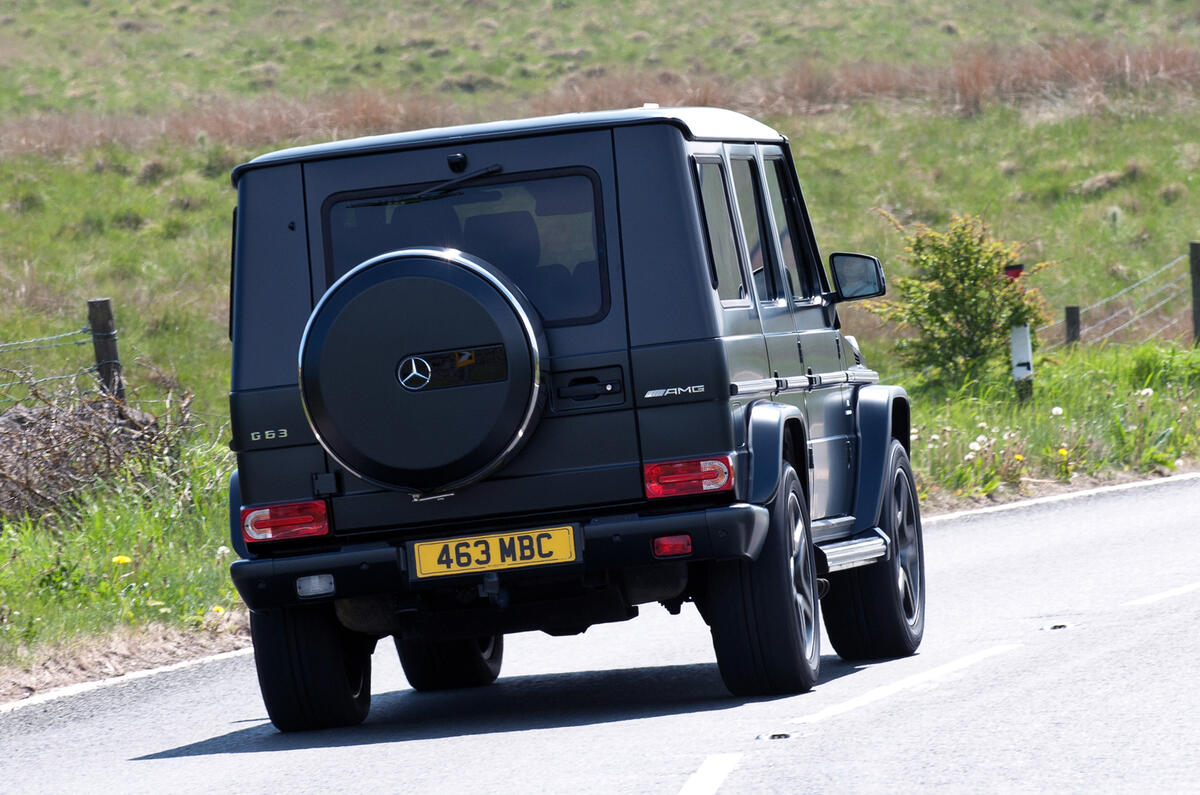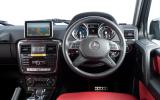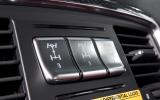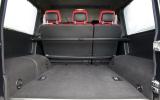The Mercedes-AMG G 63 replaces the old supercharged G 55 as the most powerful, quickest and most expensive version of the venerable Mercedes-Benz G-Class 4x4 available in the UK.
Joining the six-cylinder diesel G 350 Bluetec in a revamped Mercedes-Benz G-Class range that boasts higher levels of luxury than ever inside, the G 63 is powered by AMG’s latest twin-turbocharged 5.5-litre V8, whose 563bhp and 561lb ft of torque are sufficient to propel this 2.5-tonne brick from 0-62mph in a startling 5.4sec. Although these are startling figures, it is a great shame that the UK misses out on the 4.0-litre V8 and 6.0-litre V12 iterations of the AMG G-Class found elsewhere in the world, something which Mercedes-AMG don't seem keen to rectify for the 2018 edition.
The V8 is mated to an equally modern AMG Speedshift seven-speed automatic transmission with a stop-start function and a choice of three modes.
This powertrain means that while the G 63 is the quickest Mercedes-Benz G-Class in its history, it is also more economical than its thirsty predecessor and emits less CO2 – although figures of 20.5mpg combined and 322g/km hardly qualify the G 63 as being eco-friendly.
While it’s instantly recognisable as the ruggedly rectilinear Geländewagen that has been around for more than three decades, the G 63 can be distinguished from lesser models by a unique radiator grille and front bumper, flared wheel arches, stainless steel running boards, a macho side-exit sports exhaust system and big alloys. It is also the subject of other mental AMG projects, most notably the Mercedes-AMG G 63 6x6.




